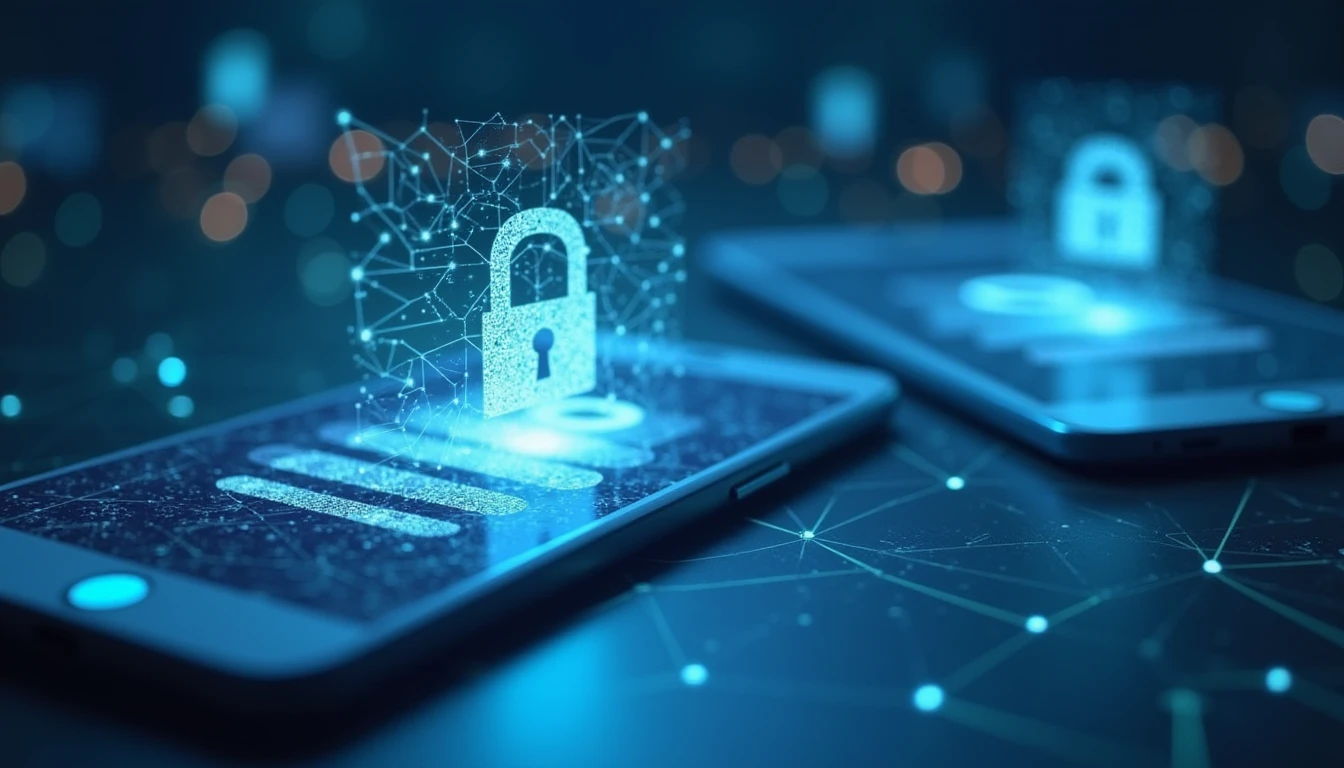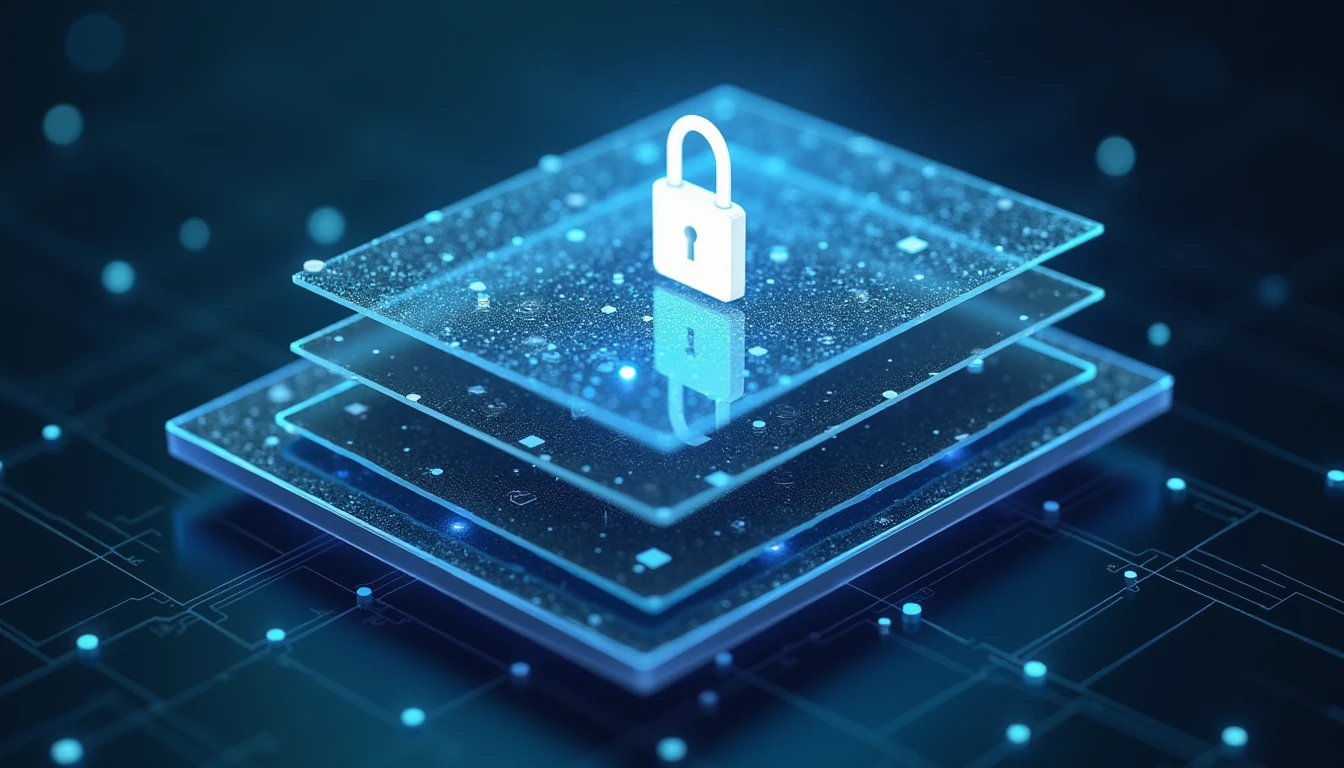Whether it’s a coffee shop, airport, or park, these hotspots offer convenience, but they also pose significant risks to your digital identity. The absence of robust security measures often leaves users vulnerable to malicious actors seeking to exploit sensitive data. This article delves into actionable strategies to safeguard your personal information when accessing the internet on shared networks.
Understanding the Risks
Public Wi-Fi networks are prime targets for cybercriminals due to their lack of encryption and oversight. These open networks make it easy for attackers to intercept data, such as login credentials or financial details, using techniques like man-in-the-middle attacks. Additionally, public access points can be manipulated to mimic legitimate services, tricking users into revealing sensitive information.
To mitigate these risks, it’s crucial to adopt proactive measures that enhance your online security without compromising convenience. A virtual private network (VPN) is a cornerstone of protection in this scenario, encrypting your internet traffic and masking your IP address.
Mastering VPN Usage
A VPN acts as a shield by rerouting your internet connection through a remote server, transforming it into an encrypted tunnel. This encryption ensures that even if someone intercepts the data, they can’t decipher its contents without the decryption key held by the VPN provider.
Choosing the right VPN is essential. Look for providers with strong privacy policies, avoiding those logging user activity. Features like kill switches and automatic protocol selection further enhance security. Configuring your device to connect to the VPN automatically upon joining a public network can prevent accidental exposure.

Encrypting Your Data
Encryption plays a dual role in securing information on public Wi-Fi: both during data transfer and at rest. Always ensure that websites you interact with use HTTPS, denoted by a padlock icon in the browser bar. Browsers like Chrome offer extensions that enforce HTTPS usage, adding an extra layer of protection.
For devices storing sensitive data, encryption must be implemented at the hardware level. Encrypting your hard drive ensures that even if the device is physically accessed, the information remains secure.
Securing Your Device
Regularly updating operating systems and installed software is vital to protect against vulnerabilities exploited by attackers. Enabling automatic updates streamlines this process, reducing the risk of exposure through known security gaps.
Strong passwords are another critical defense mechanism. Use unique, complex passphrases for each account and employ a reputable password manager to keep track of them securely.
Implementing Multi-Layered Security
Two-factor authentication (2FA) adds an extra barrier against unauthorized access. Even if your primary credentials are compromised, 2FA ensures that attackers can’t breach your accounts without physical possession of your secondary verification method.
Avoid engaging in sensitive transactions such as banking or shopping while connected to public Wi-Fi. If necessary, wait until you’re on a secured network before conducting these activities.
Public Wi-Fi introduces inherent risks, but with the right precautions, you can navigate this environment safely. By employing a combination of VPNs, encryption, secure devices, and vigilant practices, you can significantly reduce the threat of data breaches. Remember, protecting your digital identity isn’t just about safeguarding information—it’s about preserving trust and privacy in an increasingly connected world.





